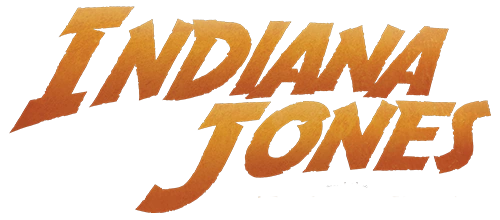The Arab Swordsman (also known as the Cairo Swordsman) was a member of the Cairo underworld who had a reputation as an assassin and muscle-man feared by many men.
Biography
Hired by Nazis in 1936, the Arab Swordsman challenged Indiana Jones to a duel in Cairo during the archaeologist's frantic search for the kidnapped Marion Ravenwood. A busy Cairo marketplace suddenly parted as the black-robed man confronted Jones with an oversized scimitar.
Giving a small laugh, he began displaying his skill with his weapon to intimidate the American. However, Jones decided he had no time for a protracted fight and simply shot him with his revolver. The Cairo onlookers cheered this action and ran off with his sword.
Behind the scenes
The Arab Swordsman was portrayed by Terry Richards in a nonspeaking role.
The scene in Raiders of the Lost Ark as shot for the film was dramatically shortened; the original script intended Indy to fight the swordsman with a lengthy choreography and usage of his whip. However, Harrison Ford along with most of the crew were suffering from dysentery, and could not wear their trousers for more than a few minutes. Ford then suggested they "just shoot the f***er". Steven Spielberg agreed resulting in the biggest laugh of the film and one of its most memorable sequences.[1]
The player fights this character in the Cairo mission of Indiana Jones' Greatest Adventures. In that game, Indy can either kill the swordsman with the pistol (which will automatically kill him in one hit) like in the movie, or he can choose to fight him without the pistol, which will take longer but is still possible.
The scene is humorously revisited in the prequel, Temple of Doom. After Indy escapes the Temple, two swordsmen challenge him, and he reaches for his gun. The music cue confirms the homage to Raiders of the Lost Ark; however, this time, Indy can do nothing but smile, shrug, and fight them with his whip, as his gun was lost by Willie Scott earlier in the film.
Appearances
- Indiana Jones' Greatest Adventures
- Raiders of the Lost Ark
- LEGO Indiana Jones: The Original Adventures (Non-canonical appearance)
